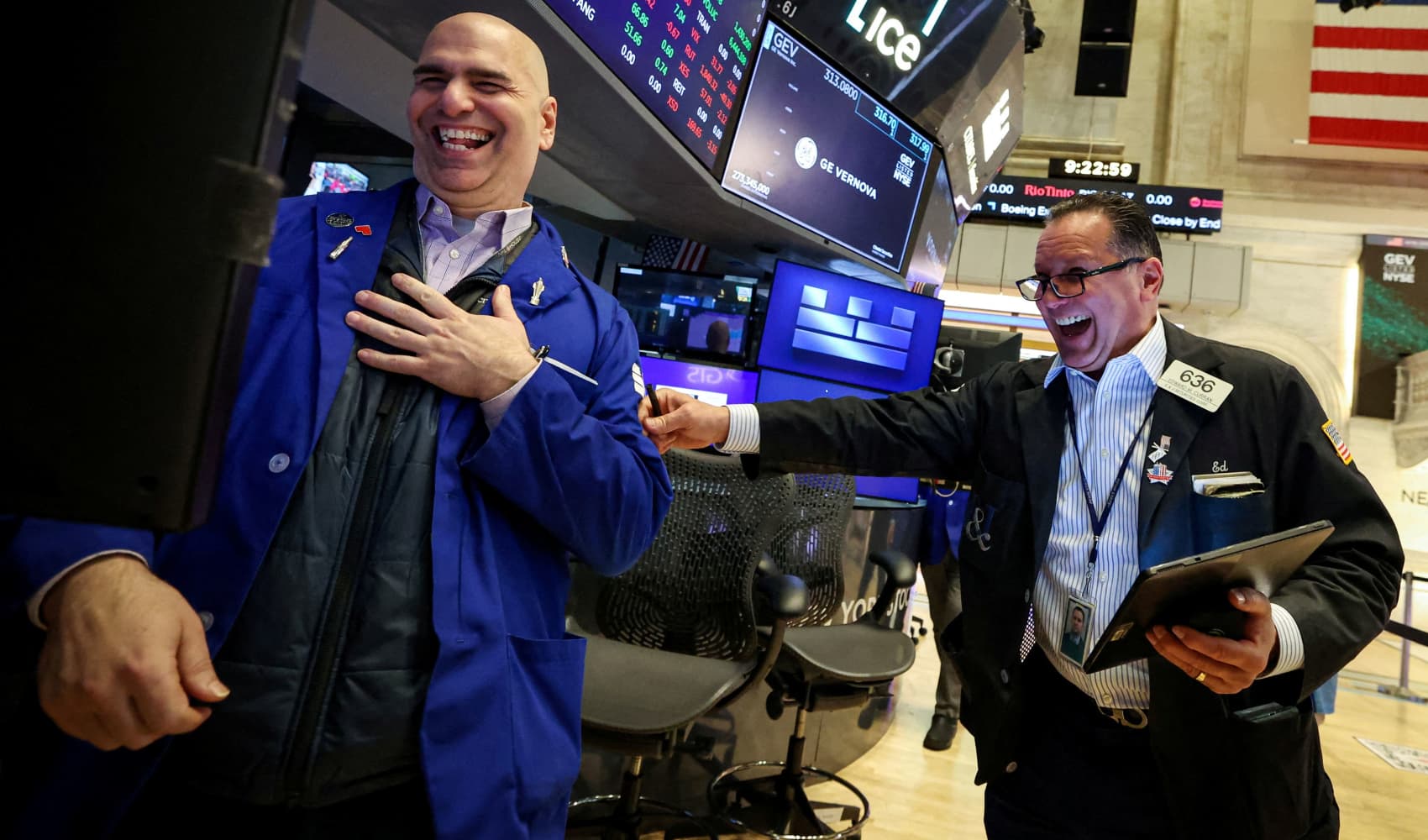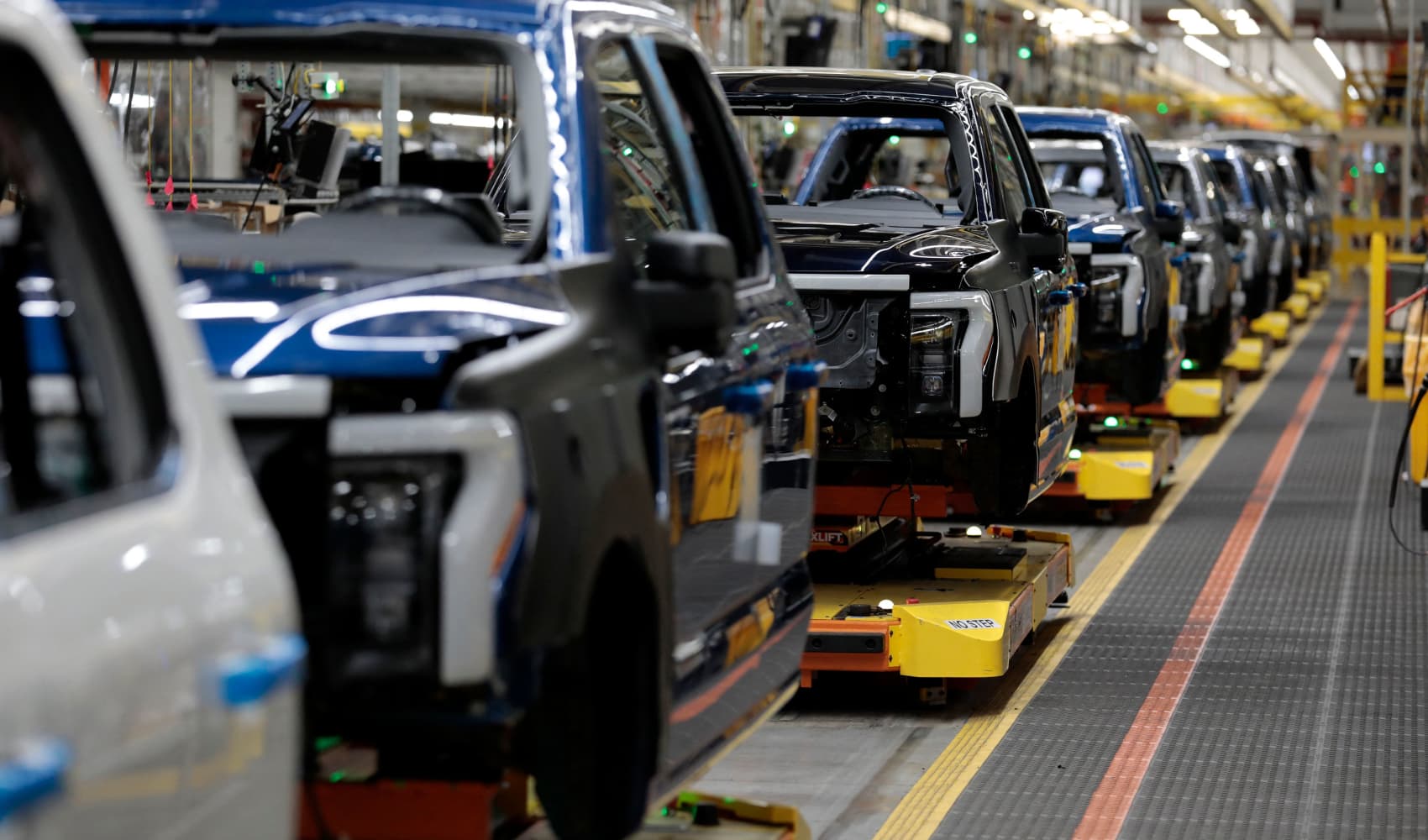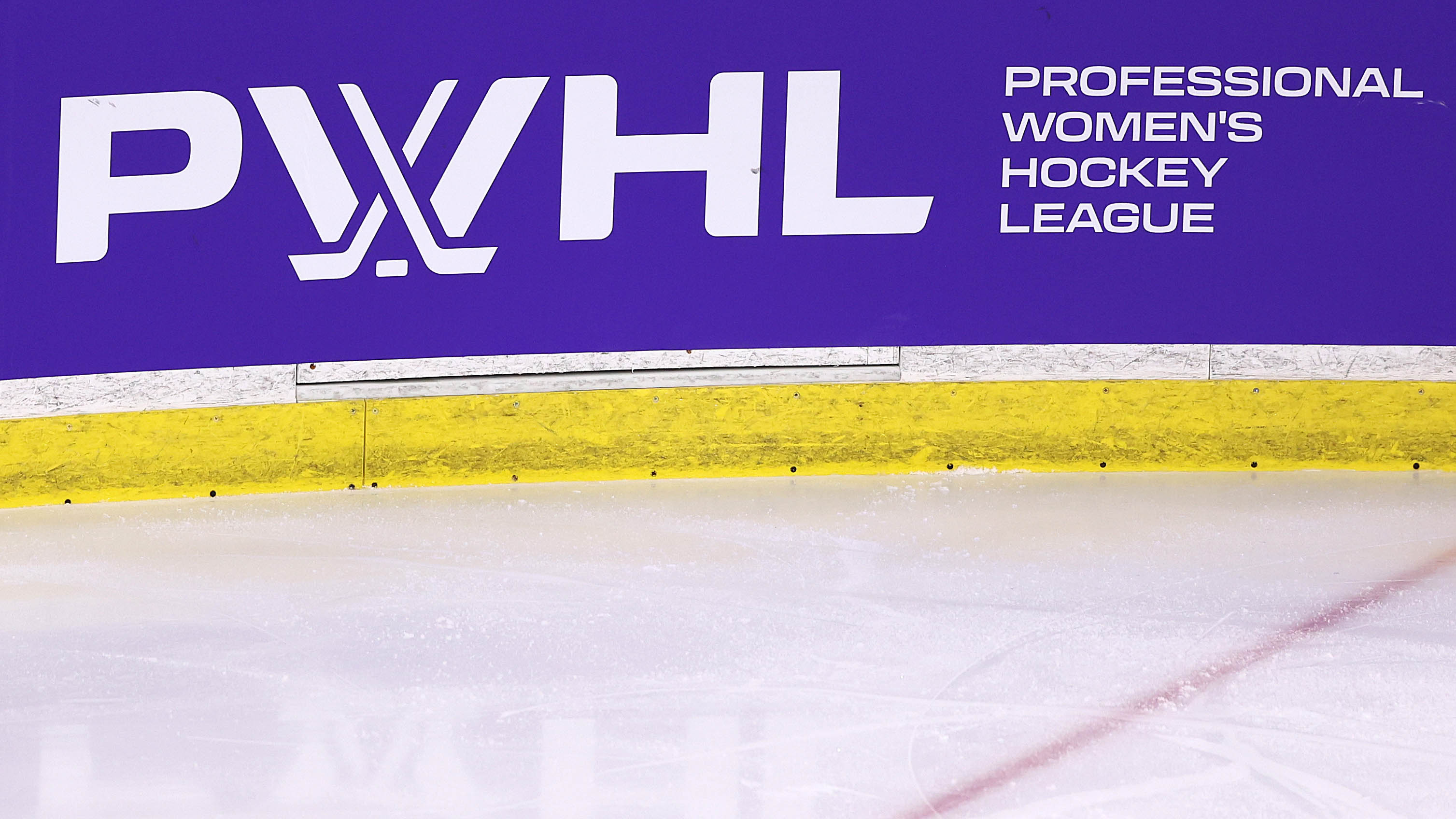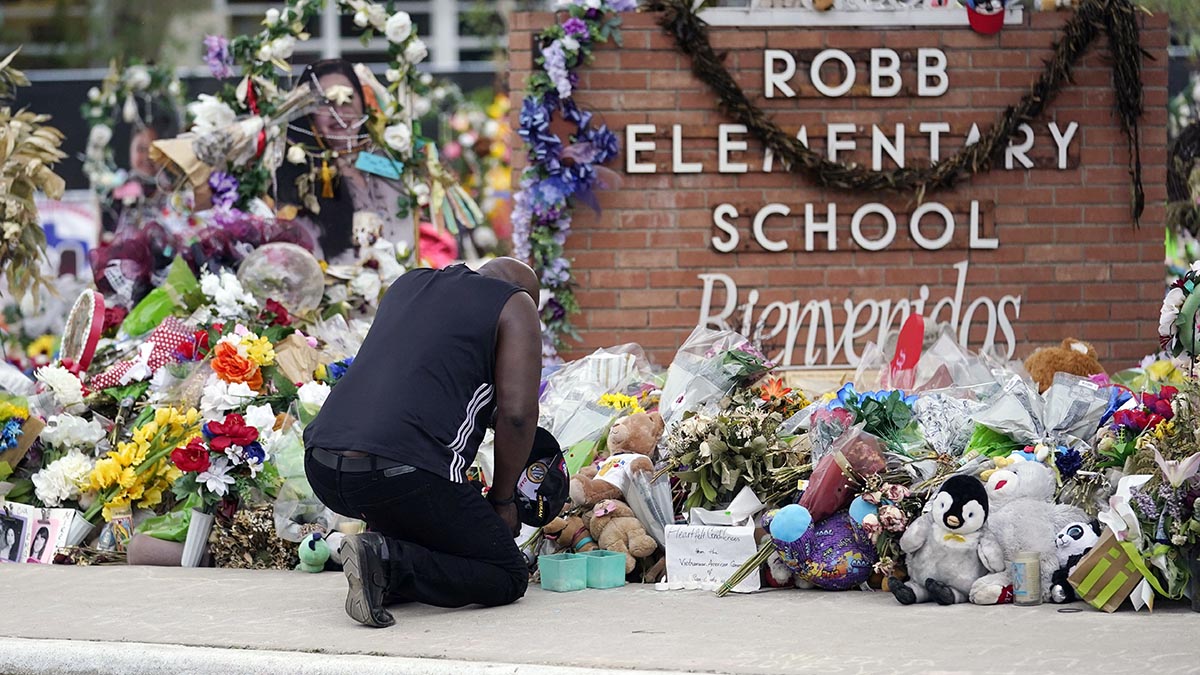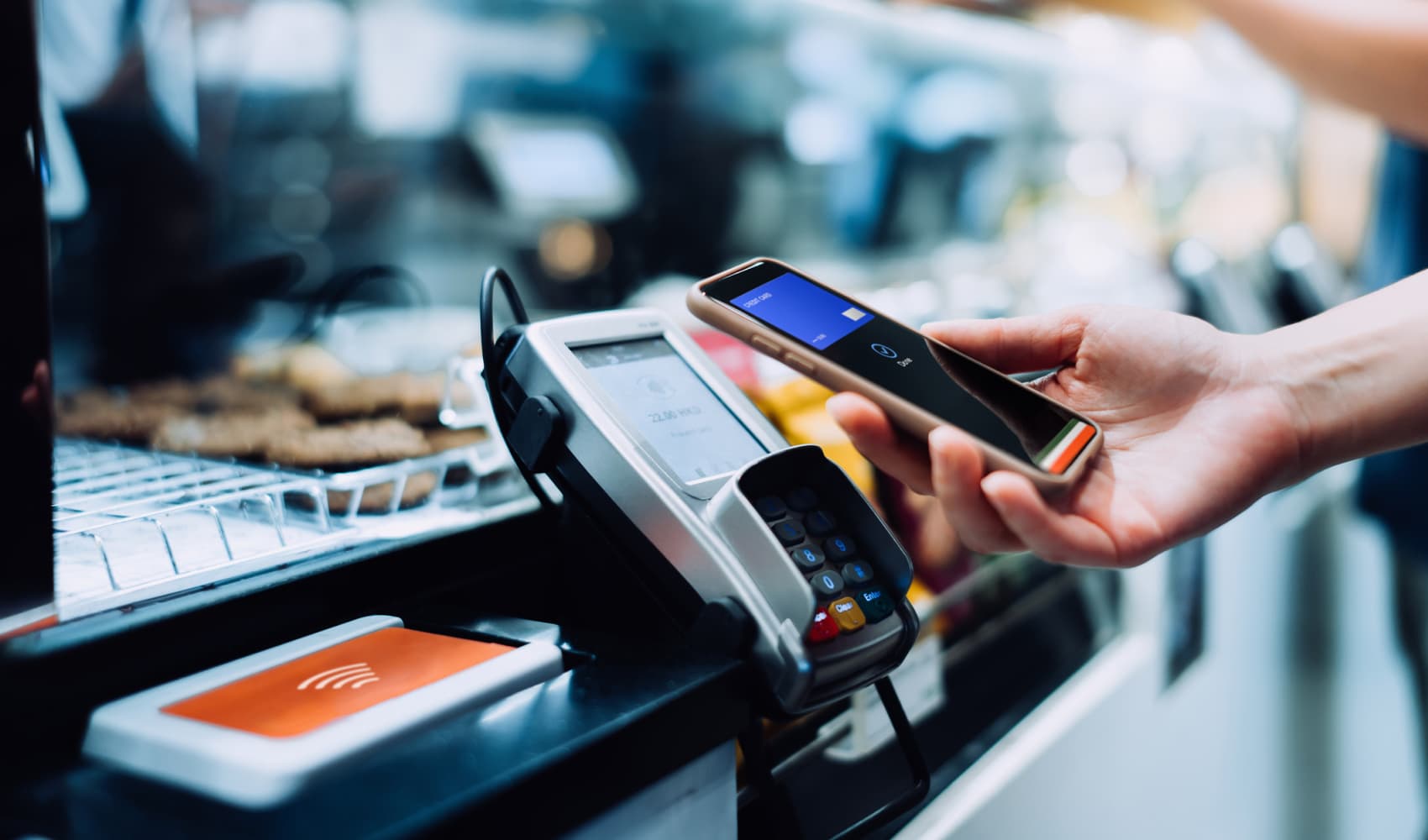Unthinkable Forgiveness: Women Embrace El Paso Walmart Gunman
Unthinkable Forgiveness: Women Embrace El Paso Walmart Gunman
Introduction: A Moment of Grace in a Sea of Grief
Imagine standing face-to-face with the person who shattered your life, the individual responsible for the unimaginable loss of a loved one. What would you do? Rage? Retribution? Despair? In an El Paso courtroom, two women chose a different path – a path of forgiveness so profound it left the world stunned. This is the story of Yolanda Tinajero and Adriana Zandri, who, against all odds, embraced the gunman who murdered their family members in the horrific 2019 Walmart shooting. Their acts of compassion offer a glimmer of hope amidst the darkness of hate.
The Horrific Day: A Racist Act of Violence
The El Paso Walmart shooting on August 3, 2019, remains a scar on the American psyche. Fueled by a hateful manifesto targeting the Hispanic community, a young man armed with an AK-style rifle unleashed terror on innocent shoppers. Twenty-three lives were tragically cut short, and countless others were forever impacted. The shooter's motive was clear: to incite racial division and spread fear. But did his actions ultimately achieve that goal? Or did they inadvertently spark an even stronger force – a wave of unity and forgiveness?
Yolanda Tinajero's Act of Forgiveness: A Brother Remembered
Yolanda Tinajero lost her brother in the massacre. During the sentencing hearing, she addressed the gunman directly. But instead of unleashing fury, she offered something unexpected: forgiveness. "I forgive you," she declared, adding that she wished she could give him a hug. What could possibly motivate such an act of kindness in the face of such profound pain?
Understanding Forgiveness: A Personal Journey
Forgiveness isn't about condoning the act; it's about releasing the grip of bitterness and allowing oneself to heal. It's a personal journey, a process of letting go of resentment and finding peace within. Was it easy for Yolanda Tinajero? Absolutely not. But her decision speaks volumes about her strength and her desire to move forward, untainted by hate.
The Judge's Surprising Decision: A Moment of Human Connection
In a courtroom filled with tension and raw emotion, the judge made an unexpected decision: he allowed Yolanda Tinajero to hug the gunman. This simple act, a brief embrace, transcended the legal proceedings and became a powerful symbol of humanity. It was a moment that challenged our perceptions of justice and highlighted the transformative power of empathy.
Adriana Zandri's Embrace: Widowed by Hate, United in Love
Adriana Zandri, the widow of Ivan Manzano, also chose forgiveness. She, too, embraced the man who had taken her husband's life. This wasn't a staged performance; it was a genuine expression of grief and a conscious decision to choose love over hate. What impact did this have on the gunman? We can only speculate, but it's hard to imagine that such profound displays of compassion didn't resonate with him on some level.
The Power of Choice: Forgiveness as an Act of Resistance
In the face of hate, forgiveness can be a powerful act of resistance. It's a refusal to be consumed by negativity, a declaration that love and compassion will ultimately prevail. Adriana Zandri's embrace wasn't an act of weakness; it was an act of courage, a testament to the resilience of the human spirit.
Impact Statements: A Chorus of Grief and Hope
The two days of impact statements were a rollercoaster of emotions. Family members and survivors shared their stories of loss, pain, and resilience. Some expressed their anger and grief, while others, like Yolanda and Adriana, offered forgiveness and hope. These statements painted a vivid picture of the human cost of hate and the importance of community in the face of tragedy.
The Gunman's Manifesto: A Descent into Hatred
Before the shooting, the gunman posted a hateful screed online, filled with racist rhetoric about a "Hispanic invasion" of Texas. This manifesto offered a chilling glimpse into his distorted worldview and his motivation for the attack. It serves as a stark reminder of the dangers of hate speech and the importance of combating prejudice in all its forms. How can we prevent such tragedies from happening again?
Community Response: Unity in the Face of Hate
In the wake of the shooting, the El Paso community rallied together, demonstrating remarkable resilience and unity. People from all backgrounds came together to support the victims, their families, and each other. This outpouring of love and compassion served as a powerful rebuke to the gunman's hateful ideology. The community refused to be defined by violence; instead, they chose to embrace empathy and understanding.
The Legal Proceedings: Seeking Justice and Closure
The gunman pleaded guilty to federal hate crime charges, avoiding the death penalty. While some may feel that this isn't enough, others believe that it offers a measure of justice and closure for the victims and their families. The legal proceedings are just one aspect of the healing process. The emotional and psychological scars of the shooting will likely linger for years to come.
The Broader Implications: Addressing Racism and Gun Violence
The El Paso Walmart shooting highlighted the urgent need to address racism and gun violence in America. It's a complex issue with no easy solutions. But we must have honest conversations about the root causes of hate and work towards creating a more just and equitable society. What concrete steps can we take to prevent future tragedies?
Combating Hate Speech: Education and Awareness
One crucial step is to combat hate speech online and offline. This requires education, awareness, and a willingness to challenge prejudiced beliefs. We must also hold social media platforms accountable for the content they host and ensure that they are doing everything possible to prevent the spread of hate.
Gun Control Measures: A Necessary Debate
The debate over gun control is often divisive, but it's a necessary conversation to have. We need to find common ground and implement responsible gun safety measures that will reduce gun violence without infringing on the rights of law-abiding citizens. Is there a way to balance the Second Amendment with the need for public safety?
The Long Road to Healing: A Community's Ongoing Journey
The El Paso community is still on the long road to healing. The scars of the shooting may never fully disappear, but the acts of forgiveness and unity that emerged in its aftermath offer a beacon of hope. The story of Yolanda Tinajero and Adriana Zandri is a testament to the power of the human spirit and the enduring strength of compassion. It's a story that should inspire us all to choose love over hate, even in the face of unimaginable pain.
The Enduring Legacy: Love Conquers Hate
What will be the enduring legacy of the El Paso Walmart shooting? Will it be remembered as a day of tragedy and hate? Or will it be remembered as a day when love and forgiveness triumphed over darkness? The answer, ultimately, lies with us. By learning from this tragedy and committing to creating a more just and compassionate world, we can ensure that the victims of this senseless act of violence are never forgotten.
Conclusion: A Beacon of Hope in a Dark World
The story of Yolanda Tinajero and Adriana Zandri is a powerful reminder that even in the darkest of times, the human spirit can shine brightly. Their acts of forgiveness, their willingness to embrace the man who caused them so much pain, offer a glimmer of hope in a world often consumed by hate. **Their courage and compassion serve as an inspiration to us all.** Their story underscores the importance of unity, empathy, and the unwavering belief that love can conquer hate.
Frequently Asked Questions
Here are some frequently asked questions about the El Paso Walmart shooting and the aftermath:
- What was the shooter's motive for the El Paso Walmart shooting?
The shooter was motivated by racist beliefs and a desire to incite violence against the Hispanic community. He posted a manifesto online expressing these views before the attack.
- Why did Yolanda Tinajero and Adriana Zandri choose to forgive the shooter?
Forgiveness is a personal journey. While their exact reasons are known only to them, it's likely that they chose to forgive as a way to release themselves from bitterness and begin the healing process. Forgiveness is about letting go of resentment and finding peace, not condoning the act itself.
- What impact did the community response have after the shooting?
The community response was overwhelmingly positive and supportive. People from all backgrounds came together to offer assistance, comfort, and solidarity, demonstrating resilience and unity in the face of hate.
- What are some steps that can be taken to prevent similar tragedies in the future?
Preventing future tragedies requires a multi-faceted approach, including addressing racism and hate speech, promoting mental health awareness, and implementing responsible gun safety measures. It also involves fostering a culture of empathy and understanding.
- How can I support the victims and families affected by the El Paso Walmart shooting?
You can support the victims and families by donating to reputable organizations that provide assistance to those affected by the shooting, raising awareness about the issue of gun violence, and advocating for policies that promote peace and understanding.

